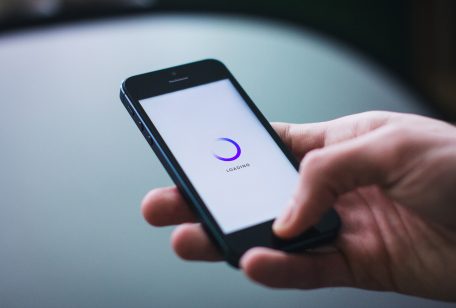
MDC Newsroom
“Simple. Inclusive. Global.” A simple description of a bold vision that challenges the future of the world’s financial system. Cryptocurrency hit the spotlight in 2009 with the advent of Bitcoin, since then an explosion of cryptocurrencies followed with more than 2,500 cryptocurrencies now recognized with a total market cap of $276 billion and a total trade volume of $56 billion.
A recent World Economic Forum report predicts that by 2025 10% of GDP will be stored on blockchains or blockchain-related technology. Despite the growing reach of internet access across the globe, about 1.7 billion adults remain without an account at a financial institution or through a mobile money provider. And this is the problem the Libra currency aims to solve.
Facebook announces Libra
Libra has been making the headlines thanks to Facebook’s global hegemony and its reception has been mixed. On one hand, the promise of a “truly reliably digital currency” that empowers billions of people across the world, and on the other, an unregulated centralized currency that poses a risk to the global financial stability.
So what exactly is Libra?
The Libra currency is comprised of several components:
- The Libra Blockchain
- The Libra Reserve
- The Libra Association
The Libra Blockchain
The Libra Blockchain is a “decentralized, programmable database designed to support a low-volatility cryptocurrency” that aims to provide the ability to serve as an efficient medium of exchange. The Libra protocol, which implements the Libra Blockchain, allows a set of replicas — referred to as validators — from different authorities to jointly maintain a database of programmable resources.
These resources are owned by different user accounts authenticated by public-key cryptography and adhere to custom rules specified by the developers of these resources. Validators process transactions and interact with each other to reach consensus on the state of the database. Transactions are based on predefined and, in future versions, user-defined smart contracts in a new programming language called Move.
The Libra Reserve
The Libra Reserve, is a collection of “bank deposits and short-term government securities [that] will be held in the Libra Reserve for every Libra that is created, building trust in its intrinsic value.” The money in the reserve will come from two sources: investors in the separate Investment Token, and users of Libra.
The association will pay out incentives in Libra coin to Founding Members to encourage adoption by users, merchants, and developers. The funds for the coins that will be distributed as incentives will come from a private placement to investors.
On the user side, for new Libra coins to be created, there must be an equivalent purchase of Libra for fiat and transfer of that fiat to the reserve. Hence, the reserve will grow as users’ demand for Libra increases. In short, on both the investor and user side, there is only one way to create more Libra — by purchasing more Libra for fiat and growing the reserve.
The Libra Association
The Libra Association is a collective made up of tech, telecom, nonprofit, and financial industry giants that make up the governing body has the responsibility to regulate the Libra Blockchain and the Libra Reserve.
Power in numbers
For many, this assembly represents the tech world’s statement of independence from government-controlled currency. Together, these companies are simply too big to be stopped by governmental bodies looking to pursue antitrust actions simply because no single company operates Libra.
How is Libra different from Bitcoin or Ether?
Cryptocurrencies are digital representations of value which gain their worth from intrinsic value, not necessarily from being backed by an asset. The Libra currency gains its value from the assets in the Libra Associations asset column – which means that the Libra is not a true cryptocurrency.
Cryptocurrencies, like Bitcoin or Ether, have intrinsic value, rather than extrinsic value; they generate value by themselves and have no tangible connection to the real world. Both Ether or Bitcoin don’t have assets that can be seized by the government. While all these currencies exist in the same internet space, the Libra gains its value the old fashioned-way; real-world assets outside the domain of the internet.
Facebook vs Federal Reserve
In the United States. The U.S. Federal Reserve is responsible for printing the USD and its power and global position derives from the role the US dollar plays as the de-facto currency of the world. Without this ability, the Federal Reserve is like any other bank with debt, assets, and equity.
If Libra is successful in its fruition and it becomes globally accepted, then it will have successfully replicated the Fed’s ability to print the “world’s currency” and threatens its ability to keep reins on the money supply. This is why U.S. regulators and representatives are nervous about the topic.
Regulators are also expressing other major concerns like the potential money laundering issues, the lack of clarity on how Facebook and the Libra Association plans to protect the privacy of users, or what happens to the interest earned by deposits? These details are not fully defined yet and are at the center of the current hearings taking place in Washington.
David Marcus, head of Facebook’s Calibra payments division, indicated in recent congressional committee hearings that Facebook will not be moving forward with the Libra project until the concerns of the House Financial Services Committee have been satisfied.
Facebook’s new challenge
In the coming months, Facebook’s main challenge is to design a new network architecture that strikes a reasonable balance between these competing objectives—a network that is locked-down enough to satisfy regulators but open enough to attract a healthy developer ecosystem.







